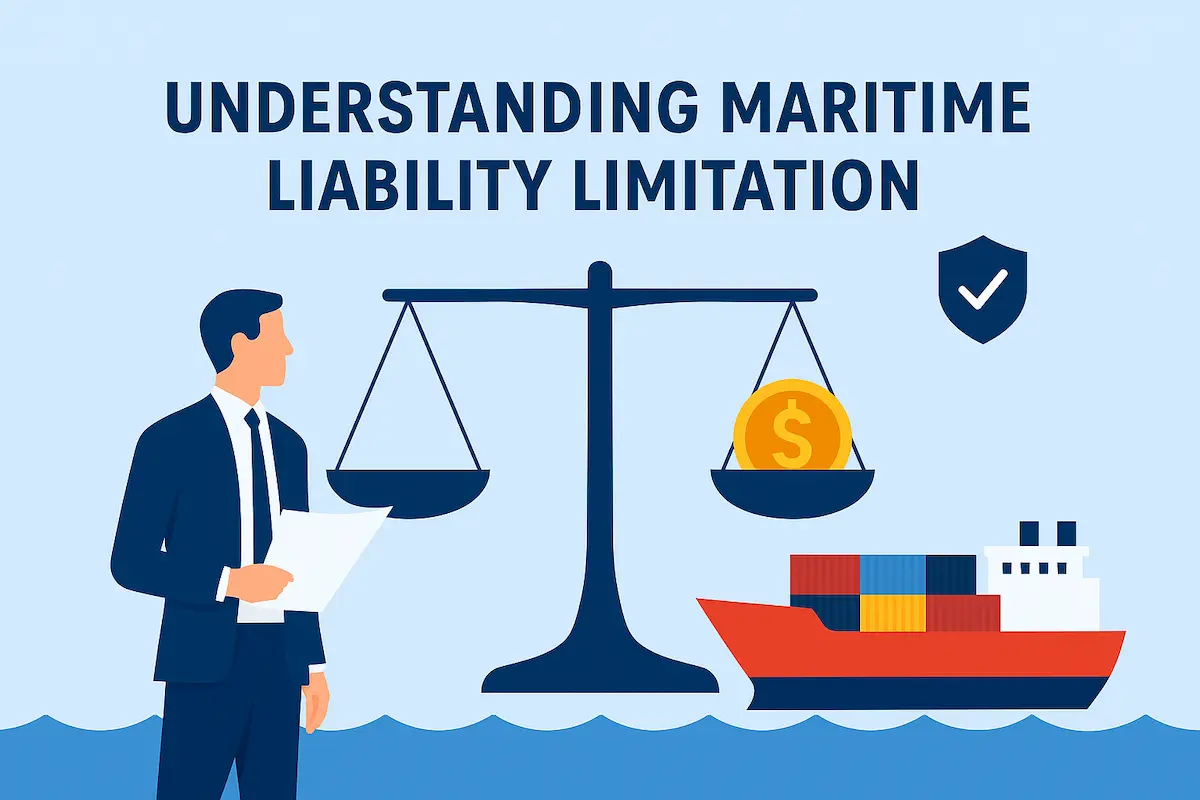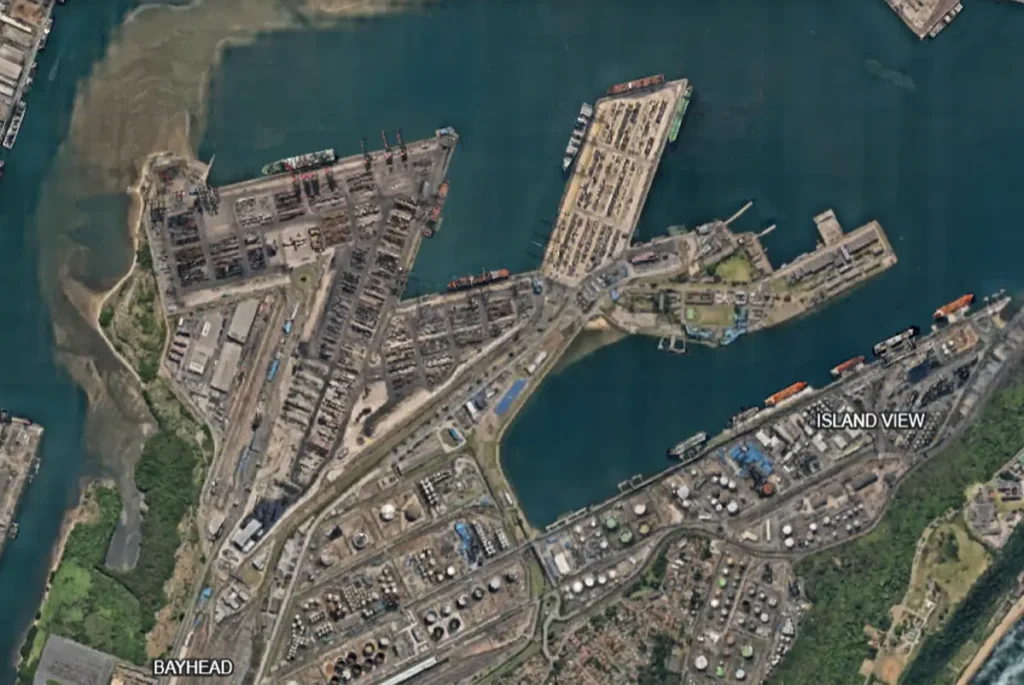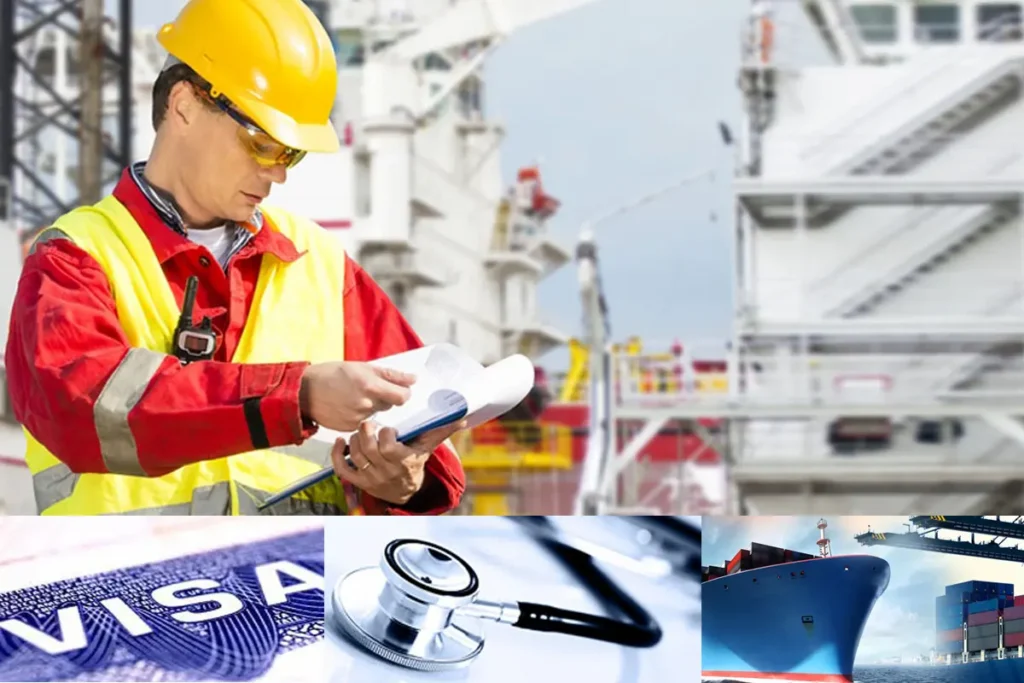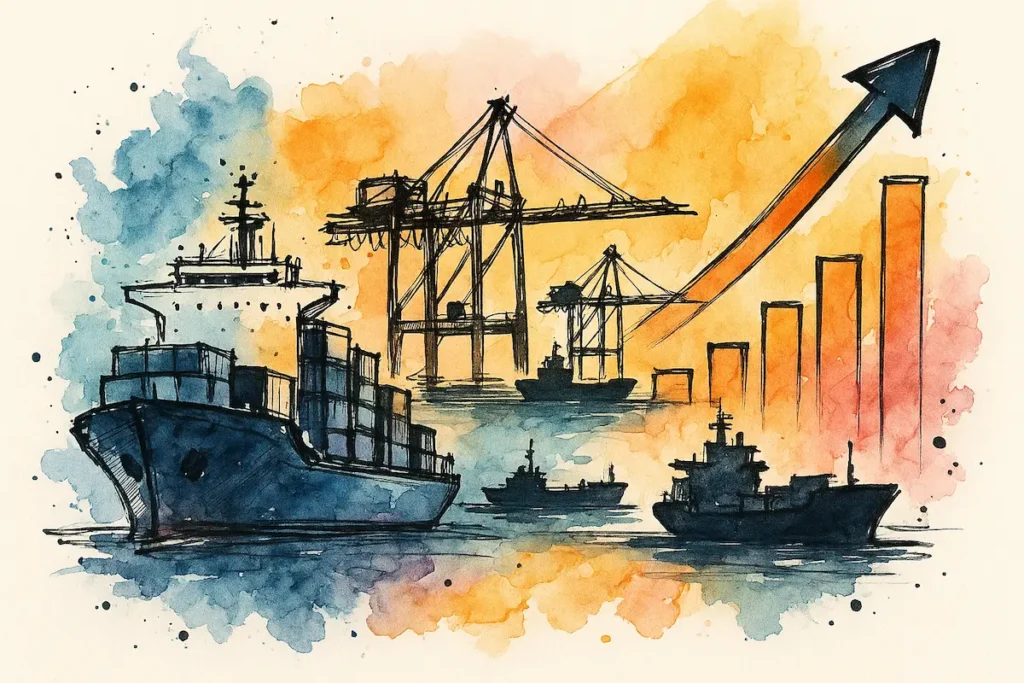What happens when a shipping casualty causes millions in damages, but the shipowner’s liability is capped at a fraction of that?
Welcome to the world of maritime liability limitation, a legal principle that offers shipowners and certain other parties the privilege of limiting their liability.
This concept is arguably intended to encourage maritime trade and investment, thereby promoting the growth of the shipping industry for the benefit of the global public.
But how does this limitation work, and who benefits from it?
In this explainer article, Dr. Arun Kasi, a specialist maritime law barrister based in London and founder of Arun Kasi & Co in Malaysia, unravels the concept step by step.
– Advertise here –
Why limit liability in shipping at all?
Shipping is a high-risk business. Weather, war, human error, maritime disasters, mechanical failure, piracy, the list of possible disruptions is long. If shipowners were held fully liable for every conceivable loss, the appetite for operating vessels might drop sharply, especially for small and medium-sized carriers.
To keep maritime trade flowing, international conventions and national laws provide shipowners and certain other parties with a legal shield, limiting their liability even when loss results from negligence (with a few exceptions).
This is not about escaping responsibility, it is about balance – protecting claimants’ rights while ensuring shipowners can stay in business, invest in fleets, and move cargo across the globe.
Types of liability limitation
Liability limitations can be categorised into two main types:
- General Limitations: These are based on an incident or occurrence, limiting liability for all losses that arise from that event. Examples include tonnage limitation under the LLMC 1976 (which was amended in 1996 and 2012) and oil pollution liability limitation under the CLC 1996 (amended in 2000).
- Specific Limitations: These operate on a particular claim, such as liability limitation for a cargo claim under the Hague Rules 1924. These rules were later amended in 1968 and became known as the Hague-Visby Rules 1968, with further amendments in 1979.
Interestingly, in many regimes, a party can still claim limitation even if the loss occurred due to their own negligence, unless gross misconduct or recklessness is proven.
A brief voyage through history
The roots of liability limitation run deep.
- 1600s Netherlands: The case of Jansdr v Blaeu evidences application of the liability limitation laws, originally influenced by droit de l’abandon, a practice where a shipowner could abandon the ship post-casualty and distribute proceeds among claimants.
- UK Statutes:
- Responsibility of Shipowners Act 1733: First formal recognition.
- Merchant Shipping Acts 1854, 1862, 1894: Incrementally codified general limitation rules.
- Merchant Shipping (Liability of Shipowners and Others) Act 1958: Brought UK limits in line with the 1957 Limitation Convention.
- Merchant Shipping Act 1995: The current backbone of UK liability limitation law, incorporating LLMC 1976 (and its amendments), CLC 1992 (and its amendments), and Fund convention 1992 (and its amendments).
International and national variations
Different jurisdictions around the world adopt different versions of these conventions and make localised modifications. Within a single country, different jurisdictions may even apply different conventions.
For example, in Malaysia, West Malaysia and all Federal Territories (including Labuan) have adopted the LLMC 1976 as amended in 1996, while the East Malaysian states of Sabah and Sarawak have adopted the 1957 Convention limits.
Since the Warsaw Convention 1929, the Special Drawing Right (SDR) has emerged as the convention currency. This makes it unnecessary to constantly revise the limits stated in the conventions, as the SDR’s value evolves.
For payment in any specific case, the SDR must be converted to the relevant local currency using the daily rates published by the International Monetary Fund (IMF).
– Advertisement –
The liability limitation maths: not as simple as 2+2
Calculating liability is not a quick exercise.
You must:
-
- Identify the applicable convention and local laws.
- Confirm the tonnage or claim basis for limitation.
- Do the math, and convert the SDR-based limits to local currency.
But beyond this numerical exercise lies a legal hurdle:
-
- Is limitation even available in your case?
- Could it be broken due to gross negligence or the like?
These are vital questions in any claim scenario.
A modern tool to help you calculate liability limits
To simplify this complex terrain, Dr. Arun Kasi has developed a suite of 11 free Maritime Liability Limitation Calculators.
These tools, which are available online
- Instantly calculate liability limits under key conventions and national laws.
- Convert SDRs into your preferred currency using real-time IMF rates.
- Include legal notes and case references for deeper understanding.
Tools available:
- Tonnage Limitation Calculators – for LLMC 1976, LLMC 1996 (amended 2012), and the 1957 Convention.
- Oil Pollution Limitation Calculators – for CLC 1992 (amended 2000), Fund Convention 1992 (amended 2000), and Supplementary Fund Protocol 2003.
These are invaluable tools for:
- Claims handlers
- P&I Clubs
- Shipowners and charterers
- Maritime lawyers
- Students and academics in shipping law
The value of certainty in shipping
In a world where cargoes span continents and risks ride the waves, understanding your exposure and knowing when and how to limit it is not just about legal compliance, it is about strategic risk management.
The next time you read a casualty report or a claims notification, remember that behind the scenes, decades of legal tradition and international cooperation are helping define “how much is enough”.
Do you need a deeper dive into shipping law, Incoterms, trade finance, or documentation risks? Shipping and Freight Resource is here to help demystify global trade, one concept at a time.. Sign up for free here..













